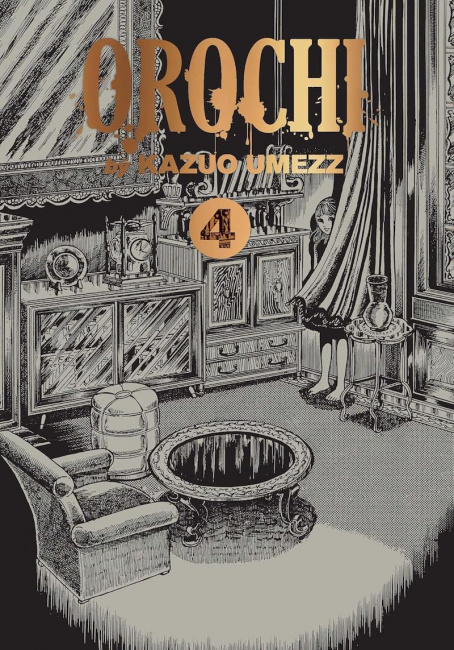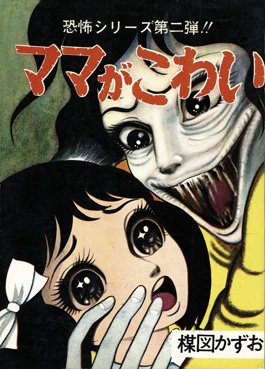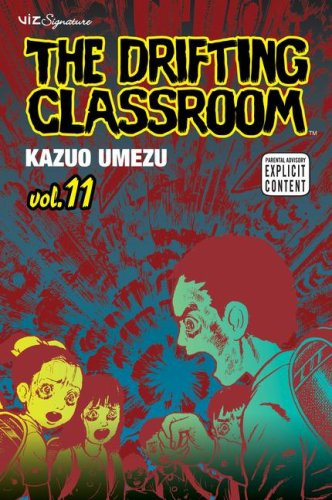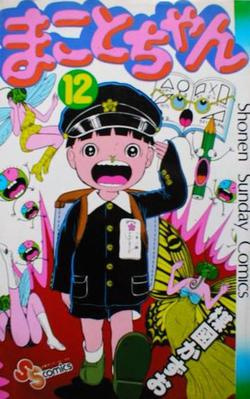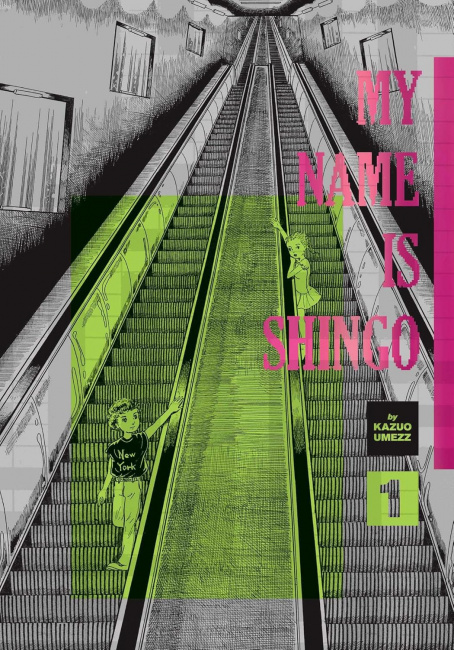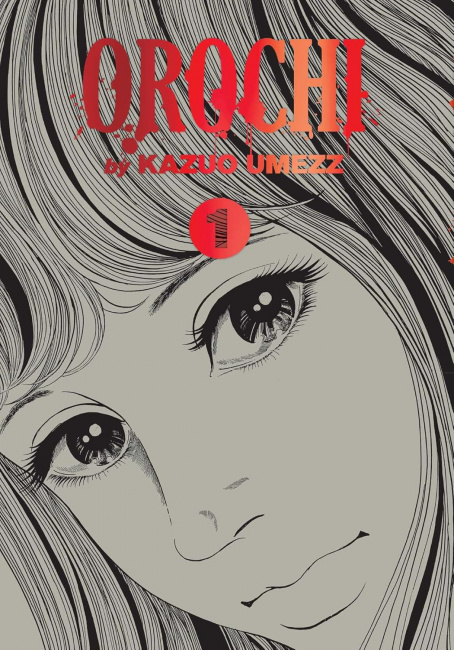Kazuo Umezu, creator of The Drifting Classroom and an influential horror manga-ka, died on October 28, 2024, at the age of 88. He had been diagnosed with stomach cancer in July after collapsing at his home, but he was creative to the end, telling a writer for the Japan News who visited him in hospice that he was planning a new story: “Humans cannot lose to machines. I will create a story that will not bow to quantum computers... I’ll draw manga of this idea when I get better.”
Umezu, who sometimes rendered his last name as “Umezz”, was born in 1936 and began drawing manga, inspired by Osamu Tezuka’s New Treasure Island, when he was in fifth grade. Many of his stories incorporated characters from the local folk tales his father would tell him when he was a child, and his first published manga, Mori no Kyōdai, was based on the fairy tale Hansel and Gretel.
Mori no Kyōdai was published in 1955 by Tomo Book, which served the book-rental (kashi-hon) market. This was a major channel for manga in the years after World War II, but it began to decline in the mid-1950s, and after creating a number of kashi-hon titles in Osaka, Umezu moved to Tokyo in 1963 to begin publishing his work in magazines. One of his first successes was Hebi Onna (published by IDW Publishing as Reptilia in 2007), a trilogy of stories about a woman who can transform into a snake, based on the folk tale Okameike Densetsu (The Legend of the Turtle Pond), which had terrified him as a child. The story was published in Kodansha’s Shojo Friend magazine in 1965-66, and Umezu intended it as a counterpoint to the rosy portrayals of mother-daughter relationships depicted in most shojo manga of the time.
In the late 1960s, Umezu began moving from shojo to shonen manga, drawing an Ultraman manga for Shonen Magazine in 1966-7 and one of his biggest hits, Cat-Eyed Boy (see “VIZ Lines Up More Horror”), which was serialized in three different magazines from 1967 to 1976. Orochi, a collection of horror short stories, was published in 1969-70 and was adapted into a live-action film in 2008; VIZ Media published it as a four-volume Perfect Edition in 2022-23 (see “New Manga from Viz”).
Umezu’s most successful series is The Drifting Classroom, which was published in 1972-1974 by Weekly Shonen Sunday and later by VIZ as an 11-volume paperback series in 2006-08 and as a three-volume Perfect Edition in 2019-20. The story of a single classroom transported to a strange wilderness after a post-apocalyptic event won the 20th Shogakukan Manga Award and was adapted into a live-action film and television drama. The manga was also the inspiration for Dash Shaw’s 2016 animated film My Entire High School Sinking Into the Sea.
After that, Umezu changed direction again, launching the comedy manga Makoto-Chan in 1976. The series, which featured a five-year-old boy who was continually getting into trouble, was another hit, and the title character’s hand gesture “Gwash” became one of Makoto’s signature moves when he was in public. Makoto-Chan ran until 1981, after which Umezu focused on science fiction set in the near future, with My Name Is Shingo (see “Viz Licenses”) and Fourteen, a sequel of sorts to The Drifting Classroom.
Fourteen was Umezu’s final manga; he stopped drawing in 1995 due to tendonitis, but he continued to be well known in Japan, appearing frequently on television in his trademark red-and-white striped shirt; he used the same motif for his house in the Tokyo neighborhood of Kichijoji. He began painting in 2018, and he held exhbits of his work in Tokyo and Osaka in 2022.
In 2018, the Angoulême International Comics Festival awarded My Name Is Shingo its Prix du patrimoine, which recognizes a new French edition of a classic comic. In 2019, the Japanese Agency for Cultural Affairs gave him their award, which recognizes “individuals who have made distinguished accomplishment in artistic and cultural activities.”
Despite the early end to his drawing career, Umezu was hugely influential and was referred to in the media as “the god of horror manga” (a riff on the sobriquet “the god of manga” often applied to Osamu Tezuka). His work spurred a boom in horror manga and inspired a generation of creators, including Junji Ito and Minetaro Mochizuki, and a young Rumiko Takahashi was his assistant for a short time on Makoto-Chan.
Umezu is one of a handful of horror manga-ka, along with Junji Ito, Gou Tanabe, and Shintaro Kago, whose work is familiar to English-language readers. VIZ began publishing Umezu’s work in the mid-2000s (see “Viz Has Naruto & Kenshin Novels”), and Cat-Eyed Boy was nominated for a 2009 Eisner Award. His visibility also got a boost from the horror manga blogs Same Hat and Tokyo Scum Brigade.
In a 2009 interview with Tokyo Scum Brigade, Umezu discussed his approach to his work: “I learned many things from Tezuka as a child, but this was the most important: He didn't pull any punches for children or dumb down his works. He dealt with complicated themes and let the readers work it out on their own.” Although readers, retailers, and editors sometimes called on him to tone down the violence, he said, “Old Japanese folk stories and fairy tales could be unflinchingly brutal. They come from a time when tragedy and carnage was an everyday part of life. Now we have people calling to water them down, which essentially whitewashes history. It’s insulting to the memory of those who suffered to bring us these stories.”
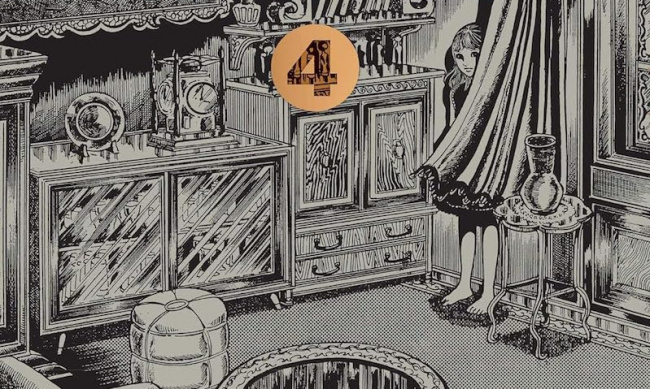
Creator of 'The Drifting Classroom' Brought Folklore Themes to Horror Manga
Posted by Brigid Alverson on November 7, 2024 @ 8:28 am CT



